Prime Minister Dedicates Marcus Garvey Memorial at Port Royal’s Pump Bay
The unveiling of a commemorative port marker and memorial park at Pump Bay, St. Kitts, on August 6, 2025, served as a powerful testament to the enduring legacy of Marcus Mosiah Garvey, a towering figure in the Pan-African movement. Orchestrated by the St. Kitts and Nevis National Commission for UNESCO and the Routes of Enslaved Peoples Committee, the ceremony drew a diverse assembly of dignitaries, including Dr. Julius Garvey, son of the honored leader, community members, and cultural performers to the very spot where Garvey first set foot on the island in 1937. The event not only commemorated a historical moment but also underscored the profound impact of Garvey’s philosophy on the Caribbean and the global struggle for Black liberation.
Prime Minister Dr. Terrance Drew, in his address, emphasized the symbolic significance of Garvey’s arrival at Pump Bay, not as a foreign power, but as a beacon of hope and self-reliance. He highlighted Garvey’s role as a catalyst for social consciousness among the people of St. Kitts and Nevis, instilling a sense of pride, self-worth, and the potential for self-determination. Drew connected Garvey’s message of self-upliftment to the ongoing national and regional pursuit of a more just and equitable society, solidifying the relevance of Garvey’s teachings almost a century later. The memorial park, therefore, stands as a physical embodiment of Garvey’s enduring influence, a tribute to his vision, and a source of inspiration for generations to come.
The selection of Pump Bay as the site for the memorial adds another layer of meaning to the commemoration. Beyond its historical connection to Garvey’s arrival, the location resonates with deeper cultural significance. Pump Bay, once a bustling port, represents a point of connection, a gateway for ideas and movements. It symbolizes the resilience and strength of the community, its openness to transformative ideologies, and its role in disseminating these ideas throughout the region. The memorial park, situated at this historic crossroads, serves as a potent reminder of the power of ideas to transcend geographical boundaries and inspire collective action.
Garvey’s visit to St. Kitts in 1937, hosted by Mr. Arnold McIntosh in Sandy Point, transcended a mere stopover; it became a pivotal moment in the island’s history. His message resonated deeply with the local population, igniting a spark of racial pride and self-reliance that fueled movements for self-determination across the Caribbean. The ceremony commemorating his arrival, therefore, was not just a tribute to a historical figure, but a recognition of the profound impact his visit had on shaping the social and political landscape of the region. The memorial serves as a tangible link to this historical moment, ensuring that Garvey’s message continues to inspire and empower future generations.
The unveiling of the memorial park can be seen as a continuation of the legacy Garvey initiated almost a century ago. The park functions as a living testament to his ideals, a space for reflection, education, and inspiration. It reinforces the message of self-reliance, reminding the community of their inherent worth and the power they possess to shape their own destiny. Furthermore, the park serves as a focal point for continuing dialogue on issues of social justice and equality, ensuring that the conversation Garvey began continues to evolve and adapt to the challenges of the present day. The memorial, therefore, is not a static monument but a dynamic space, promoting engagement with Garvey’s philosophy and its enduring relevance.
By establishing this lasting tribute, St. Kitts and Nevis not only honors a significant figure in Pan-African history but also reaffirms its commitment to the principles Garvey championed. The memorial park at Pump Bay acts as a tangible symbol of the island’s ongoing dedication to self-determination, racial pride, and the pursuit of a just and equitable society. It serves as a reminder that the journey towards liberation is a continuous process, one that requires constant vigilance, self-belief, and collective action. The park, therefore, stands as a beacon of hope, inspiring present and future generations to embrace the spirit of self-reliance and work towards the realization of a more just and equitable world.
Share this content:


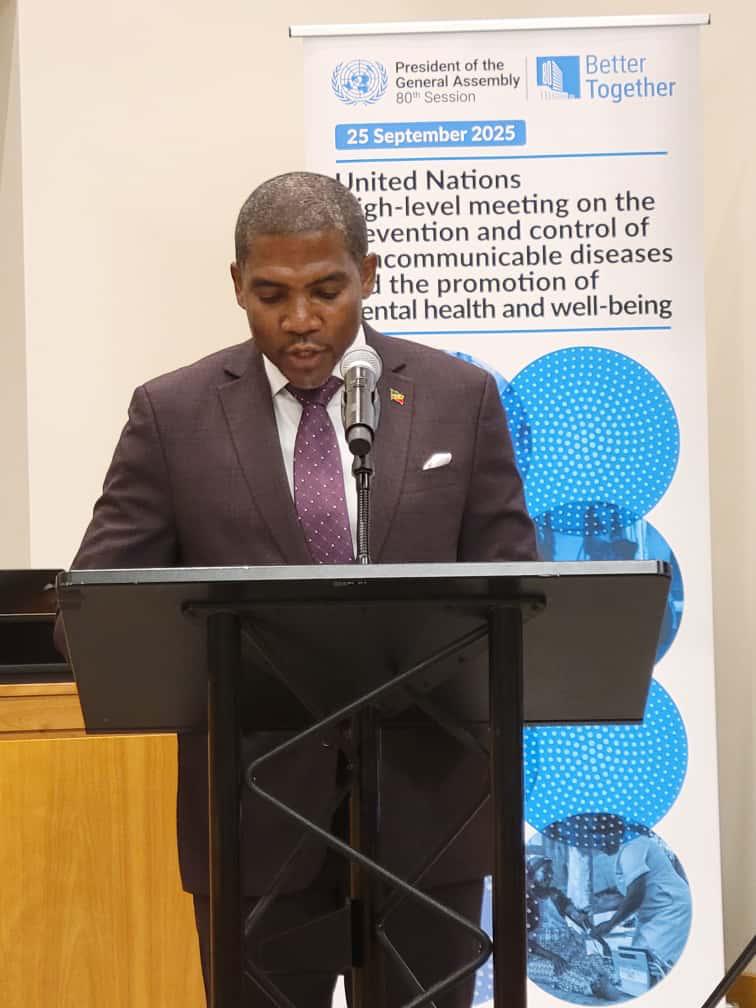

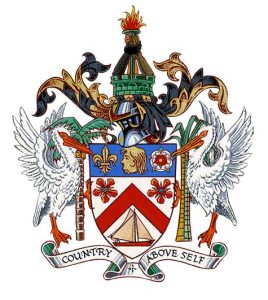
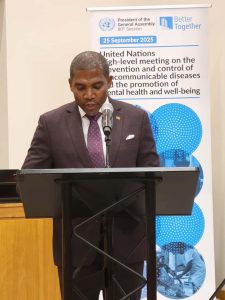

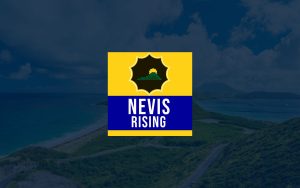



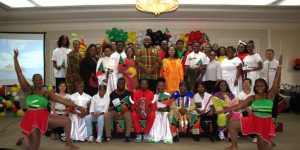
Post Comment